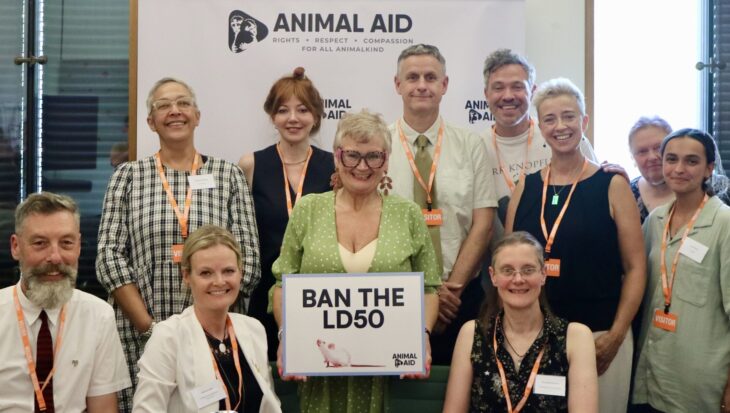The Grand National remains a huge stain on the world of horse racing. Its ability to kill horses is ever present as the 2022 race looms.
The upcoming 2022 event will have, as always, a brutal revelry that shatters horses’ lives in an instant, as seen in the 2021 event when The Long Mile’s near-hind leg snapped after jumping the infamous Becher’s Brook fence. His life was lost, destroyed on the Aintree turf, and added to a long list of victims that date back into a history that sullies any relationship that horses and humans may share.
The demanding four-and-a-quarter miles of a full-on gallop and the confronting of 30 daunting obstacles – many designed to blatantly catch horses out – holds no favours for its 40 equine participants; the dangers are ever present throughout their every stride.
In an age of change, the Grand National is lagging behind. A ban on this race would be a major step forward for the rights and welfare of horses.

